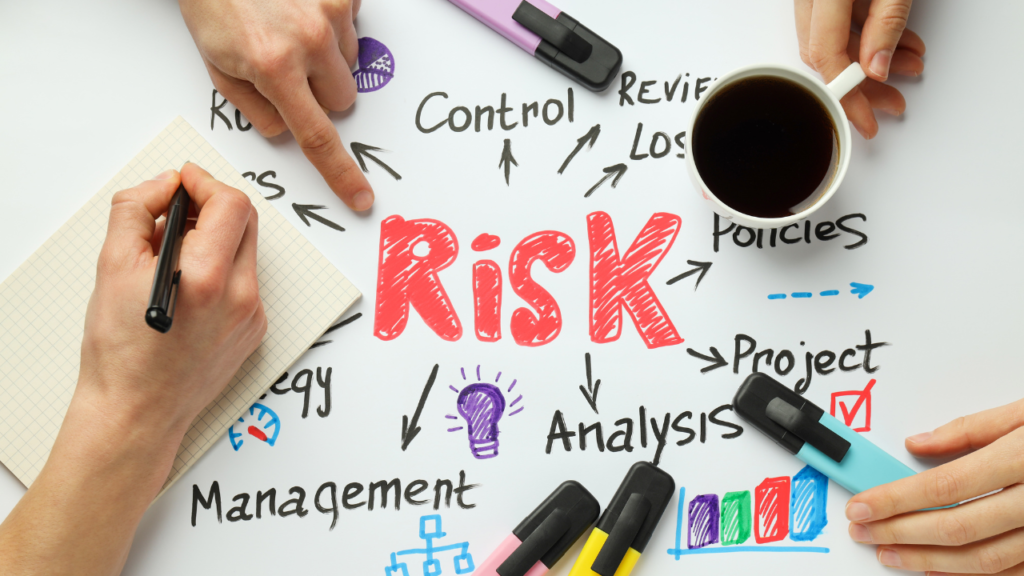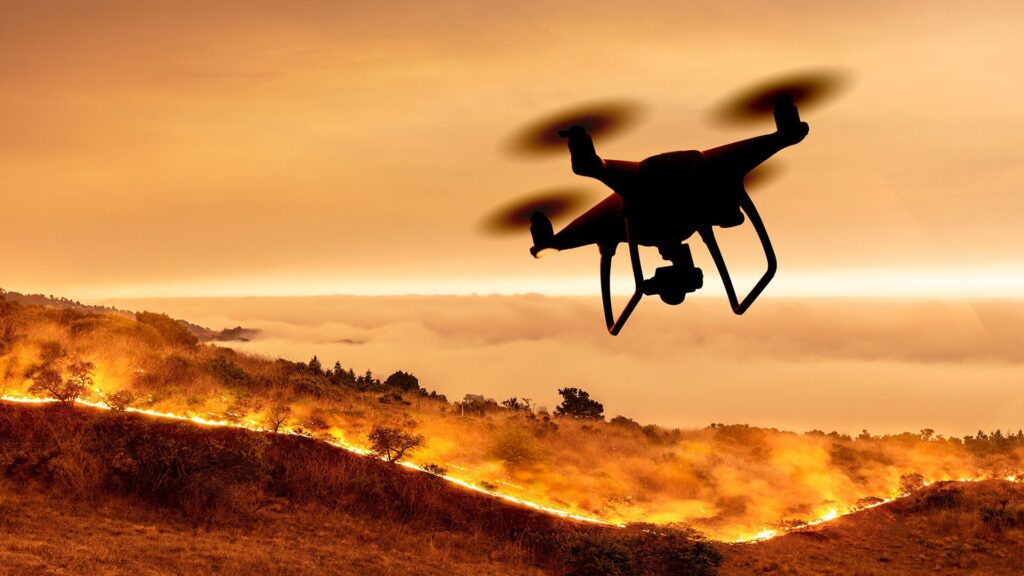Artificial Intelligence (AI) is transforming the way we approach natural disasters. Thanks to its powerful data processing and analysis capabilities, AI has become a key tool for preventing, mitigating, and responding to these crises.
AI Revolutionizes Natural Disaster Prediction and Prevention
We will explore how AI is revolutionizing natural disaster prediction and its implications for the future.
Understanding the Challenge: Predicting Nature’s Fury
Natural disasters, such as earthquakes, hurricanes, floods, and volcanic eruptions, are extreme events that can cause significant damage to human life, infrastructure, and the environment. Accurately predicting these events is a significant challenge due to:
The inherent complexity of natural systems.
The scarcity of complete historical data.
The requirement for advanced mathematical models.

AI: A Powerful Tool Against Disasters
AI combines advanced technologies like machine learning, natural language processing, and neural networks to analyze vast volumes of data in real-time. This capability is being applied across several critical areas..
Weather Data Analysis: AI processes data from satellites, radar, and weather stations to identify climate patterns. This allows for:
Predicting hurricanes with greater accuracy.
Estimating the intensity of storms and cyclones.
Detecting conditions conducive to wildfires.
Seismic and Geological Monitoring: Neural networks analyze seismic signals to detect tectonic movements that could precede earthquakes. Additionally, these tools are useful for:
Predicting volcanic eruptions by analyzing gases and vibrations.
Detecting tsunamis in their initial stages.
Flood Prediction: AI utilizes data from hydrologic sensors and rainfall models to anticipate floods and assess their potential impacts. This assists authorities in:
Issuing early warnings.
Designing evacuation plans.
Minimizing human and material losses.

Success Stories: AI in Action
Google Flood Forecasting Initiative: Google uses AI to predict floods in prone regions like India and Bangladesh. Their algorithms integrate meteorological data and hydrological models, achieving more accurate forecasts than traditional methods.
IBM Watson and Wildfires: IBM Watson employs AI to monitor wildfires in real-time, using data from satellites and weather stations. This allows for better resource allocation to combat them.
Global Earthquake Artificial Intelligence Network: Researchers have developed deep learning networks that identify small earthquakes that could be precursors to larger ones. This significantly improves response capacity.
Challenges and Limitations
Despite its advancements, AI faces challenges in natural disaster prediction.
Data Quality: The lack of reliable or complete data limits the effectiveness of models.
High Costs: Implementing AI-based solutions requires significant investment in infrastructure and training.
Interpretability: Some AI models are complex and difficult to interpret, which can hinder their adoption by emergency responders.
The Future of AI in Disaster Management
As technology continues its relentless advancement, AI is poised to play an even more critical role in disaster mitigation and response. Anticipated developments and future applications include:
Real-time Data Integration: Enhanced seamless integration of diverse data sources – from satellite imagery and weather patterns to social media reports and sensor networks – to provide instantaneous analysis and significantly improve the accuracy and speed of early warning systems.
Expanded Use of Drones and IoT: Increased deployment of autonomous drones and vast networks of Internet of Things (IoT) sensors to collect vital information from remote, dangerous, or inaccessible areas during a crisis, providing real-time situational awareness.
Global Collaboration Platforms: The development of international platforms for sharing AI models, datasets, and best practices among countries and organizations, fostering a united global front against natural disasters.
AI: An Indispensable Ally for Resilience
Artificial intelligence is unequivocally revolutionizing the way we confront natural disasters. While acknowledging the existing challenges – including data quality, implementation costs, and model interpretability –.
AI’s powerful capacity to analyze massive volumes of data and generate precise predictions is already actively saving lives and significantly reducing economic losses across the globe.
The future holds the promise of even more innovative solutions, solidifying AI’s position as an indispensable ally in building a more resilient world. One better prepared to predict, withstand, and recover from the devastating impacts of nature’s fury. AI is not just a tool; it’s becoming a vital partner in humanity’s efforts to coexist more safely with our planet.

